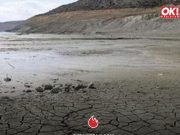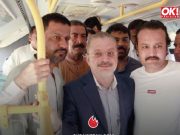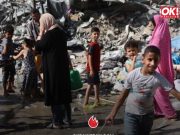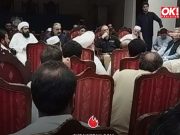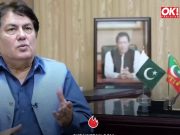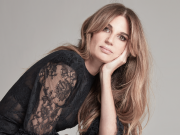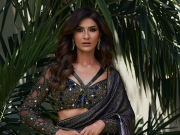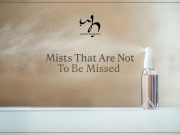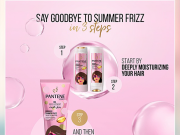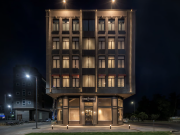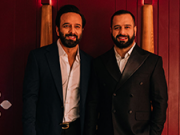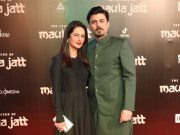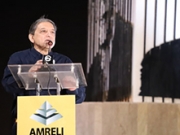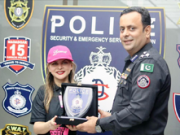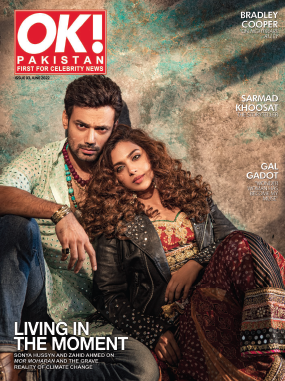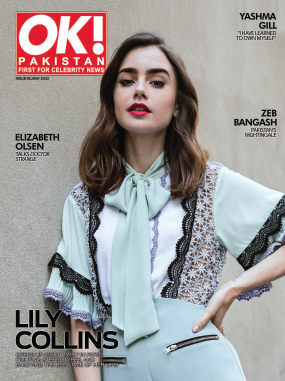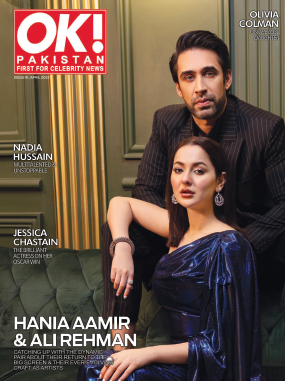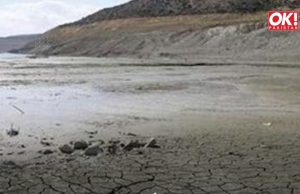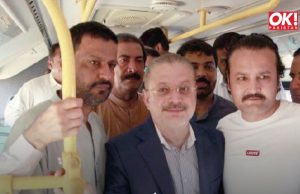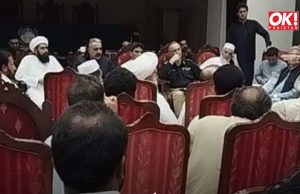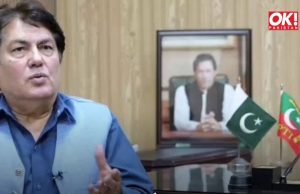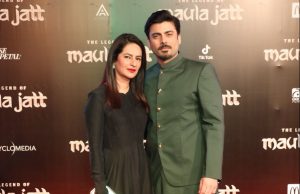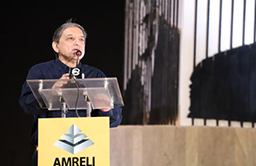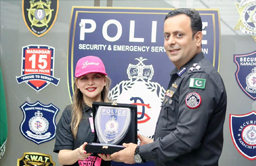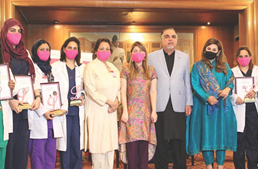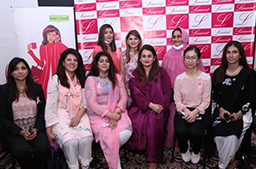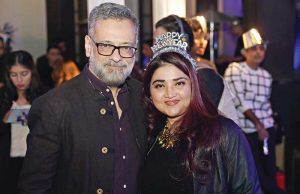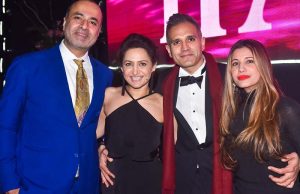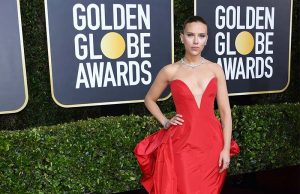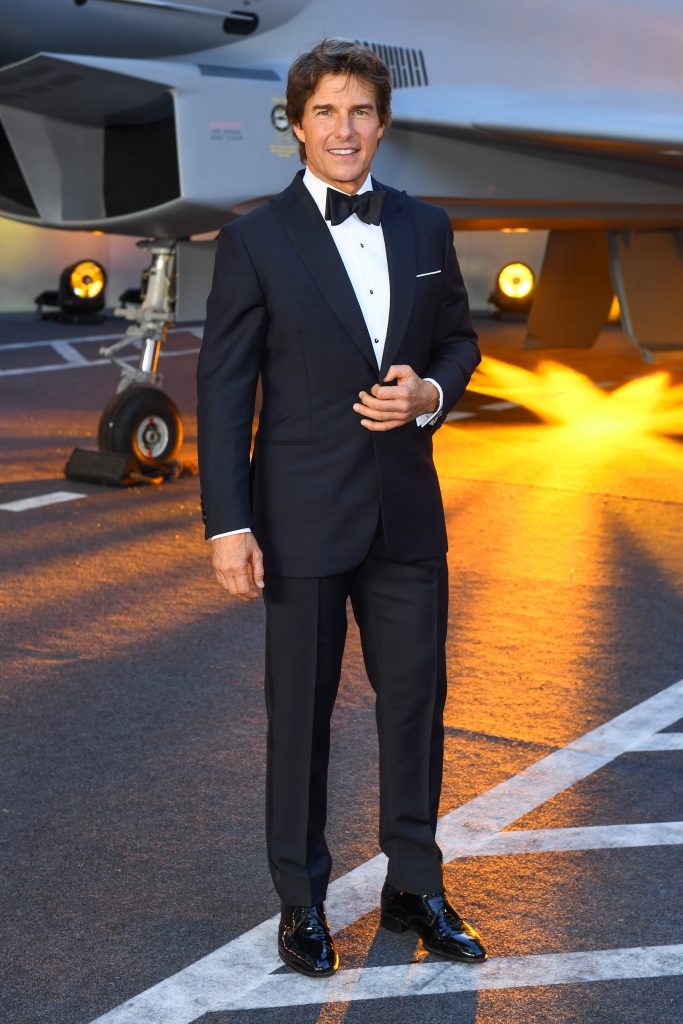
It’s been 36 years since Top Gun propelled Tom Cruise to superstardom and audiences have been long-awaiting a sequel to the iconic movie.
Now – following a string of release delays due to the pandemic – the Hollywood actor finally returns as fighter pilot Pete ‘Maverick’ Mitchell in Top Gun: Maverick.
The film sees Cruise reunite with Top Gun producer Jerry Bruckheimer for the sequel. Joseph Kosinski is in the directing chair.
The movie also stars Val Kilmer, who was in the original, plus Jennifer Connelly, Miles Teller, Monica Barbaro, Glen Powell, Jon Hamm and more.
Here’s the synopsis: ‘After more than 30 years of service as one of the Navy’s top aviators, Pete ‘Maverick’ Mitchell is where he belongs, pushing the envelope as a courageous test pilot and dodging the advancement in rank that would ground him.
‘Training a detachment of graduates for a special assignment, Maverick must confront the ghosts of his past and his deepest fears, culminating in a mission that demands the ultimate sacrifice from those who choose to fly it.’
Top Gun: Maverick premiered at the USS Midway in San Diego and Tom Cruise flew in to the event in spectacular style in his own helicopter to meet the awaiting fans.
On the red carpet, he spoke about why it had taken so long to make this sequel and the challenges they faced with the project.
He also talked about the key part Lady Gaga played in working on the soundtrack, and his long-time admiration for the US music superstar, who he was pictured with recently at a show in Las Vegas.
Tom Cruise also spoke about his approach to working with the next generation of actors and why he never takes a day off work…
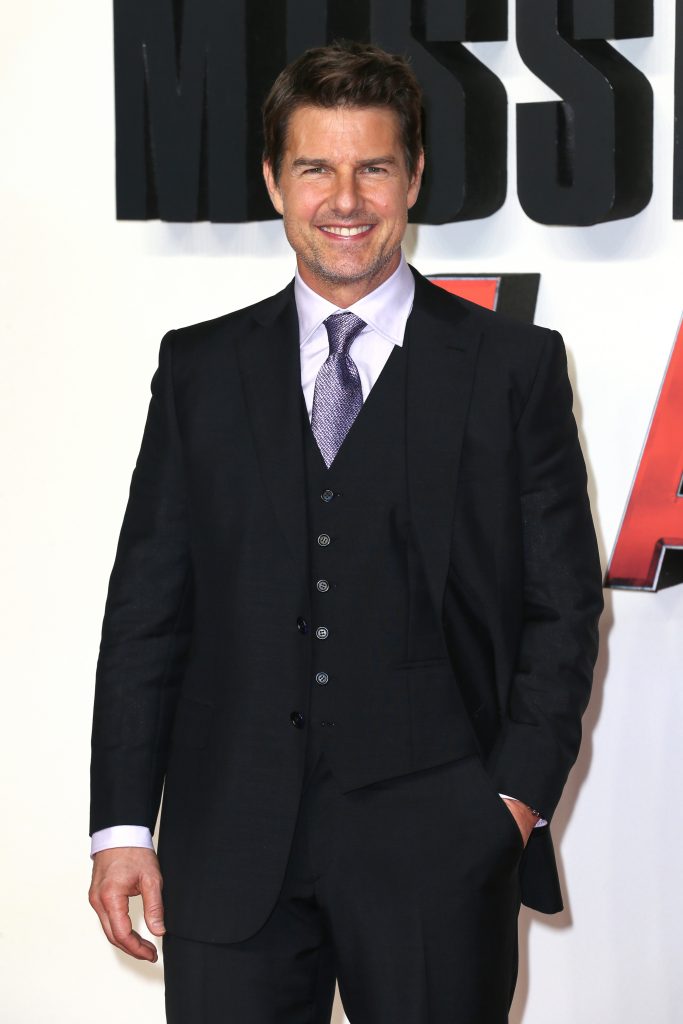
So Tom, there’s been talk of a Top Gun sequel for years – why is now the time?
TOM CRUISE: It was really now or never. It was a moment. We’d been looking at how to tell this story and I’d been trying to figure it out and thinking about it, talking with Jerry and Chris McQuarrie and Jo Kosinski. When we were doing Oblivion, Jo kept talking about Top Gun. I was always thinking of the technology, how it would evolve to be able to give the audience that kind of experience. And everywhere around the world they wanted to see this movie. It was now or never. And finally, the story came together. I thought, ‘OK, well, if we’re going to go in, we’re going to go in now.’
You put your actors through training like no other, we know you demand authenticity. Talk to us about what you wanted to bring to the aerial fighting scenes that we’d never seen before.
TC: Well, it’s just really the characters. Because it’s not just action or stunts, it’s character and it’s story – that is king. Story is king. And what we talked about early on is, you know, on the first Top Gun, one of the things that I had and was in my contract was that I had to fly in the F-14 and be filmed in it; that was a stipulation.I always wanted to make movies and be an aviator. And as we went through it I made Fallout and it was always in the back of my mind. Even before Fallout, I was in American Made going technically, ‘How is that story and what can I do, where is that technology and how can we tell this kind of story?’
So it was always there – Top Gun. It was daunting. It wasn’t like, ‘Oh yeah, let’s go and do it.’ It was daunting. The movie means a lot to me, a lot to my career, a lot to the studio, a lot to audiences. At a certain point you make a movie, it’s not mine, it’s everyone’s. And you’re like, ‘How do I do this? How do we do this?’ And Jerry and I would talk about it. And the cast just rose to the occasion. I sat down with them each and said, ‘Look, this is what we’re going to do.’ And then I showed them what we were going to do [Laughs]. I remember that day, I did an early test to show them aerial stuff and I would have them sit in the meetings with me because I wanted them to see every step of it, the briefings, story, you know, we had to work with them to set them up to win. I wanted to see them really win and feel confident and comfortable and that they are their characters. So they had to understand about editing and lighting. We also had to work with the other fighter pilots that were flying the aircraft to teach them about film, lighting, cinematography. But I had them there to a point where, by the time it’s their turn to be in the F-18, they were running the show. And I just sat back, and they would run the briefing. They were in control. And they knew their characters, they knew the story and that’s what I wanted. It’s like you get people to that stage and let them go. I want to know their ideas, I want them in control of their own performance and destiny. And they were amazing – each one of them.

It must have felt strange for you to step back into that character after so many years. Was there an emotional moment that stands out to you – putting the leather jacket on, getting on the motorcycle etc?
TC: There are so many. Just Jerry and I sitting down to watch the [first] film together for the first time. We hadn’t seen it in decades. There were many emotional moments. Sitting down with the actors, figuring out the character and talking about it. The actors are looking at me going, ‘What’s it like for you to come back?’ and I’m looking at them and looking at this – it was emotional. And it was something that, look, I’m very grateful because it’s not easy to try to figure out for an audience and deliver. Because I want to deliver for them. I love entertaining an audience and I love learning and pushing all of my skills as a storyteller and an actor. Also, the beauty of making a movie is, it’s not me – it’s us together. It’s the accumulation of talent. And knowing how to discover and bring that talent together and everyone shines. That’s the dream. And then an audience will go and appreciate it. And the kind of reaction that we’ve gotten, I just want people to be happy and I want them to feel like, ‘Yes!’
The reaction from those who have seen it so far has been incredible – how does that feel?
TC: First of all, it’s just a relief. Because making it was daunting! For 36 years, people wanted to see this film. And you’re going, ‘OK how do we do this? How do we capture lightning in a bottle in that way again?’ When people are saying that, I’m just so happy for them. I made it for audiences, for everyone to just go and have a great time at the cinema.
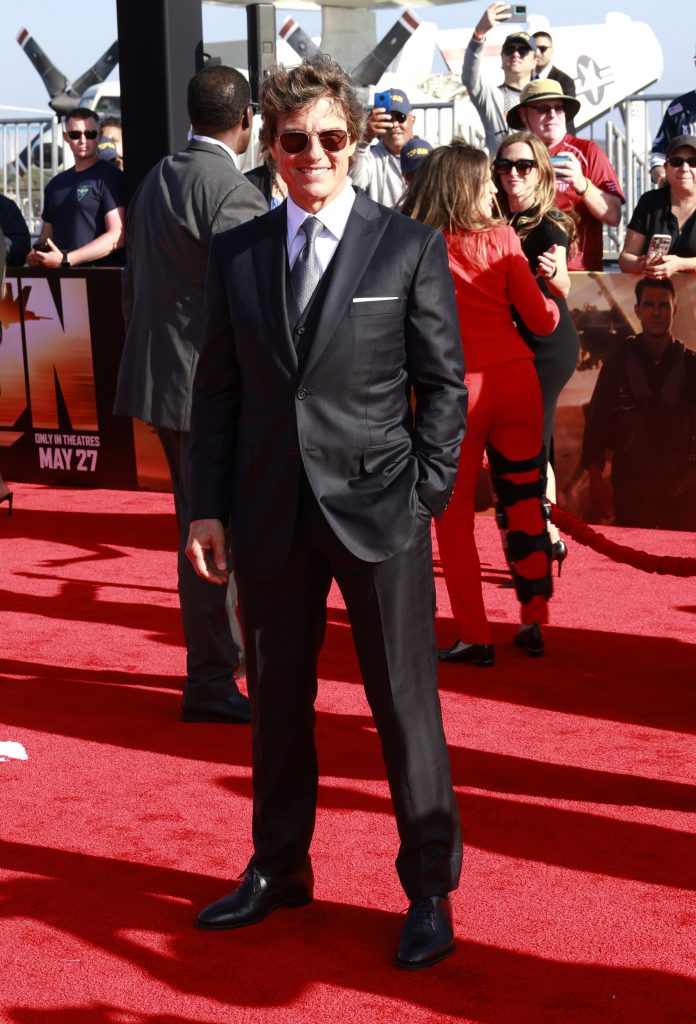
As you said, it’s been 36 years since the first one – how has your character changed over that time?
TC: You know, when people see the film, finding that level, that character, he’s still Maverick. And it has to be something where we just kept going back in terms of tone and structure and character and where is he? He still has to have that spirit of Maverick. But also, at the end of the first one, where he learned to be the wingman, he learned to be a better team player, but he’s still that guy who has to push it a little bit. He just can’t help it. But with any movie, you need a character journey. There has to be problems. So there’s wonderful problems and life dramas that translate with time. And the first story really leant itself to this story and the timing of this story.
You have talked about your wonderful cast – do you see yourself in any of the younger actors?
TC: Each one is just… they’re themselves. They are very much themselves. And they’re committed. When you watch my movies, my movies are very much ensemble. I love everyone to shine and I want a full story. So you’re looking at these actors and you want to celebrate them and the work that I did to get them to a place where they can just not worry about… I wanted those characters to come alive, I wanted them to come alive. When I meet them I go, ‘I want you to shine’ and, ‘How do we develop that character?’ And that’s why I trained them in the planes, in the jets and taught them about editing and lighting so that they understood the tone, what we needed in those aeroplanes. Not just in the aeroplanes but on the ground, in those scenes.
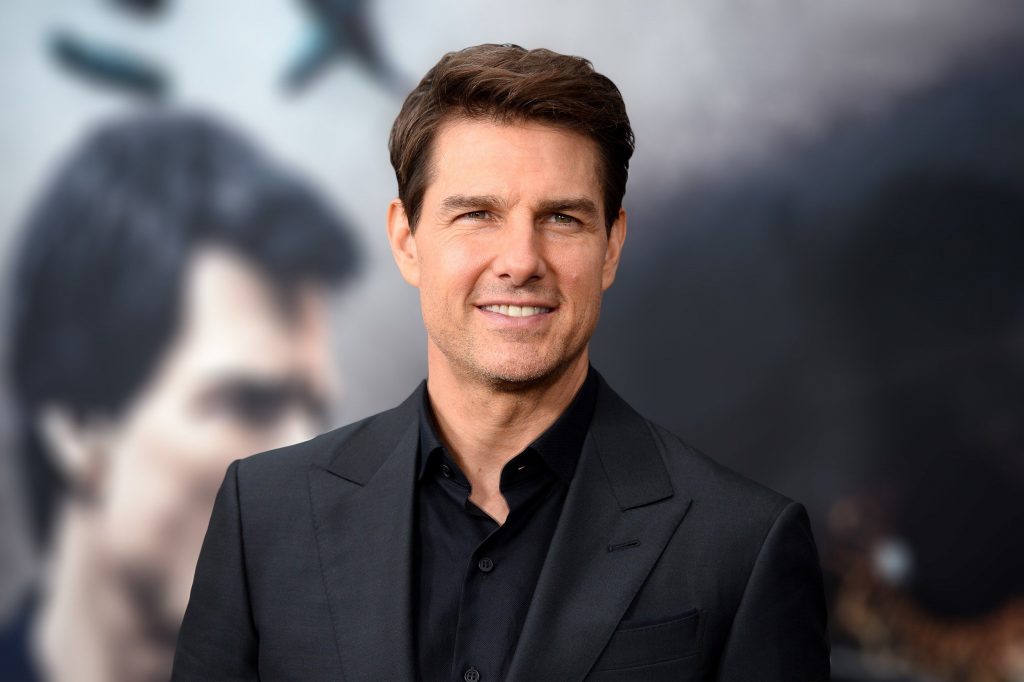 You lead by example, you don’t have your cast do anything that you’re not prepared to do – why is that so important in leading this next generation of actors?
You lead by example, you don’t have your cast do anything that you’re not prepared to do – why is that so important in leading this next generation of actors?
TC: Look, I want to see them do well. I was fortunate to work with many great people who were very generous to share their craft with me and it’s an art form that needs to be handed down. And I’m saying, ‘Look, here’s the things that I did – are you interested? You don’t have to do it my way but if you’re interested in this, this is how I did it. You’ve got to find your own way but here’s some of the things that I found worked.’ And also in structure and story. So, if they want it, it’s there for them. And I’m interested in, ‘What do they like?’ I’m interested in what movies they like, what they think about performance, what they think about cinema. And our door is always open to collaborate on things. I like to empower people and get them in a place where they’re owning the screen, they’re owning their characters, they’re owning their space. You just get very interesting performances and a better movie with it.
Lady Gaga is a part of the soundtrack – how did that come about? We saw a picture of you both in Vegas recently?
TC: I called her. We’d shot most of the film and we had Lorne Balfe, who produced the score, along with Hans Zimmer and Harold Faltermeyer. There was a door that we were trying to open just musically. The score is important to every film but with this one, we were searching for a long period of time, because it’s not just a needle drop – she composed the score. There’s elements that are the heartbeat of this film. So she sent the song over. We were looking for songs and she sent the song over. And the moment I heard it, here was this artist, we were in England and she was all the way over in America and it was almost as if she was talking to us. It was perfect. I was like, ‘Oh my gosh, your story and this story – how it comes together.’ It became the heartbeat of the score. Obviously, I went to Vegas to thank her and we were working on the music at that point and then I was going to come back and see her jazz show and then the pandemic hit. And the next live show that I was able to see was her jazz show, two years later. So it was a moment of celebration for us that finally people get to hear her music and it’s our film, it’s our film together. And it builds up, like the story of how her score is laid in to just build to that moment. I feel grateful to her for that.
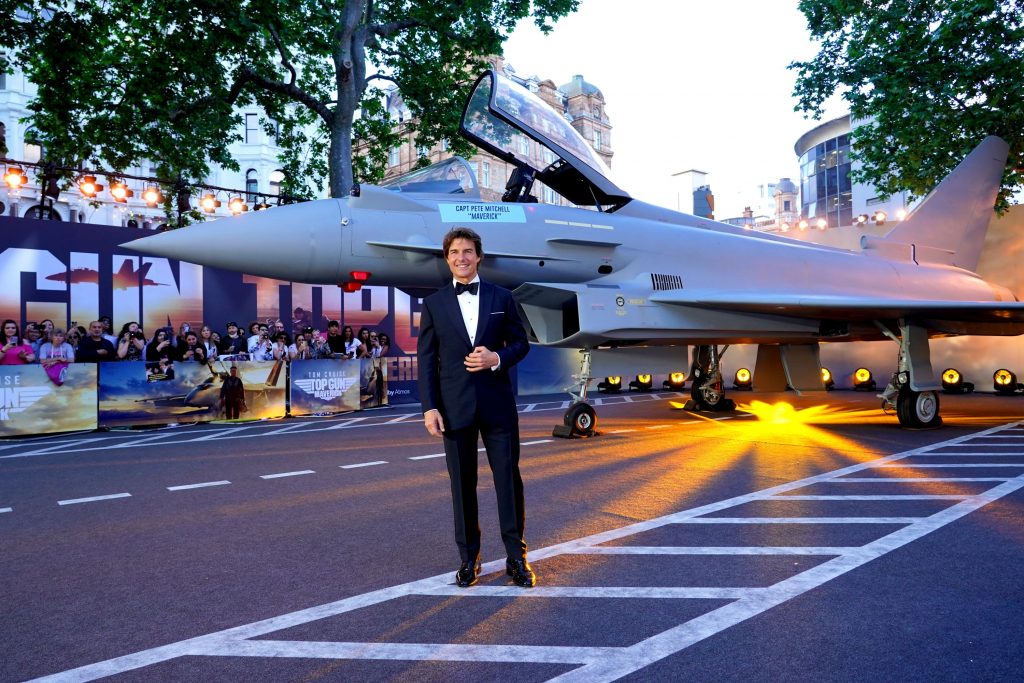 Gaga is amazing, isn’t she?
Gaga is amazing, isn’t she?
TC: I admire her so much. She is an incredible artist. I love Gaga. She can act, she can compose, she can do jazz and pop. And what she gave us, she’s like the guardian angel for the film. Her heart was the heartbeat of this film. It was almost like, she’s over there and we’re over here and when it just laid in and connected right down the line, it became our score and it became the beating heart of the film.
I went and saw her pop show in Vegas and then the pandemic hit and then basically I said, ‘I want to come back and see your jazz show’. But I’ve always admired her work right from the beginning of her career. Who wouldn’t love Gaga? That woman is a force of nature.
The love for this film is probably even greater than the first time around?
TC: It was pretty crazy the first time, but you’re right, this time it’s 36 years people have been waiting for it. We decided to do it but then the pandemic hit. I kept having to postpone the release. And I said to the actors, ‘I’m sorry guys, we’ve gotta do it, this is for the big screen, we’ve got to hold it.’ This is for theatres. And you hear the sound system – it was made for that and to have that release. So it was daunting to do it and then to have an audience respond that way is just a dream. That’s what I want. I want to entertain the audience and have them feel that way. Enjoy themselves. That’s what I want.
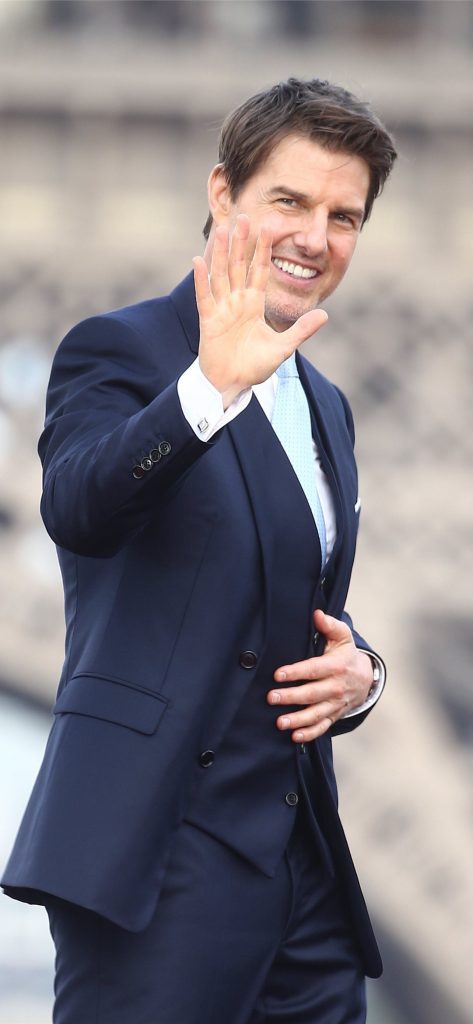 The first film gave us so many iconic moments – that beach volleyball scene, for example, only to be rivalled by the beach football scene in this one – and you look the same on the beach 36 years later!
The first film gave us so many iconic moments – that beach volleyball scene, for example, only to be rivalled by the beach football scene in this one – and you look the same on the beach 36 years later!
TC: It’s actually 37. We shot it in ’85. [Laughs]
Top Gun is such an iconic film – how did it feel trying to emulate that success?
TC: Daunting. I would go to bed at night for decades figuring out – how could I do it? How could I match this? What would that be? So interestingly enough, artistically I thought, ‘This is really a tremendous challenge’ – and that appealed to me. But technically we weren’t in a place right away to be able to shoot it the way that I wanted to shoot it and put the audience into what they’re going to feel when they see this movie. So every film that I did…the whole time I was always investigating technology and seeing where we are and exploring the story. I’d lay in bed at night and think, ‘What can we do?’ So it was not something that I took lightly. When we started I said, ‘Everybody has got to be all in, they’ve got to know what we’re going to do.’ And I had to sit down when we were hiring the actors, I said, ‘We’re going to teach you how to become a pilot’ and I had to teach the pilots how to become filmmakers also. So I had to teach them about editing, lighting, and geography. Because when you’re up there, you’ve got to know what shots are going to look good when you’re flying and also the actors have to give a performance. So when they got up there, they weren’t worried about anything else but they just felt very confident in their characters and felt at home. So there was just a lot of trial and error.
Back in 1985, I went with Jerry Bruckheimer and pitched the story to the Secretary of Defence, Lehman, at that time. And so all these years later, I’m on the Roosevelt and I see a photo of Lehman, christening Roosevelt. So everything came full circle.
So you owe a lot to the navy in making this?
TC: Everything. I want to thank them. I was honoured with becoming the 38th civilian to be an honorary naval aviator. They gave me that commission. I was very touched by that, to have that. And also, TOPGUN school gave me a plaque that only the TOPGUN graduates and certain pilots get. I grew up wanting to be an aviator. I wanted to make movies and be an aviator. I remember at four years old I would sit there and look at my wall with P-51 and Spitfire on the wall. I’d dream about movies and stories.
Do you do a lot of flying in this movie?
TC: Yeah, I do a lot of flying in the movie.
Finally Tom, you are always so busy – what do you do when you have a day off?
TC: [Laughs] This is what I do – right now. This is a day off for me because I’m not shooting! I’m just chillin’ now. I don’t have days off. Look, I’m fortunate, I’m lucky. This is my dream. I’ve wanted to make movies since I was four years old and I’m lucky, I’ve spent my life on movie sets and travelling the world, which is what I always wanted to do. I wanted to travel the world and be part of different cultures and celebrate them and have that experience. So this is not work – this is living the dream.
INTERVIEW: VICKY DEARDEN/HOT FEATURES
PHOTOGRAPHS: WENN, SHUTTERSTOCK
![]()



